If you asked any student on campus about any major changes in our community since the beginning of the 2024-2025 school year, there’s no doubt they’d point out the recent cell phone ban and how it’s affected their social life. According to the Student/Parent Handbook, “Cell phones, wireless earbuds/headphones, smartwatches, and all handheld smart devices must be TURNED OFF when entering the school campus and may not be used from 7:45 am to 3:30 pm while school is still in session.” This new policy was instituted after a series of surveys taken by both parents and teachers, who gave feedback about students’ behavior and whether or not they thought such a ban would be beneficial.
Strangely enough, students were not asked to provide their input during this process, and based on reactions such as a petition being created to end the new policy, a sizable amount of the student population isn’t a big fan of it. One of these students is Matthew Rundle ‘27, a sophomore here at Albuquerque Academy. When describing his social life before the ban, he brought up that he had no issue putting his cellular device away during classes, and that he primarily used his phone to communicate with his friends and see if they could play basketball. He recounted bonding with others by playing video games in the commons. Matthew felt as if technology brought them closer together, instead of drifting apart.
Now, with the ban in place for this school year, Matthew says he feels as if he’s been “left in the dark.” Without his phone, he doesn’t seem to have the same modes of communication that he had before, leading to feelings of isolation. He also mentioned the fact that he could no longer listen to music in class or while walking around campus, something that helped him concentrate mentally. Matthew stated that he has such an intense fear of his phone being confiscated now that he’s stopping bringing it to school altogether. While there’s been no net change in his screen time since the policy was instituted, he feels much more cynical and depressed about it.
When asked what amendments he would make to the cell phone ban if he had the power to, Matthew said that he would focus on a more individualized approach, where certain repeat offenders who cannot keep themselves from using their devices in class are not permitted to use them, while others who manage to can use their phones. In short, the usage of phones should be more of a personal issue to deal with than a school-wide issue.
However, the teachers at Albuquerque Academy have taken a rather different stance on the cell phone ban. Ms. Suleiman, an Albuquerque parent, teacher, and 9th-grade dean, offered her own opinions on the cell phone ban and its effects on students. Having been a teacher at the Albuquerque Academy since 2022, she clearly remembers the previous policy, and unlike Matthew Rundle, takes a far less rosy view of it. She recalls a phenomenon known as “Cell Phone Creep,” where a strong cell phone policy that a teacher has in their classroom during the beginning of the year can be bypassed by students using their phone as a fallback device if they don’t have a laptop. This leads to the policy being completely unenforced by the end of the year. This also poses a problem because teachers aren’t able to monitor what students are doing on their cell phones as much as they can with laptops, and so they can get away with using their phones for social reasons, such as to message people, play games, or to scroll social media.
Ms. Suleiman recalls that when the previous policy was in effect, students were far quieter in spaces such as the hallways and commons. Instead of interacting with each other, they would sit in lines, backs against the walls, hunched over their phones. Compared to the previous year, Ms. Suleiman believes that students have spent more time engaged in more interactive physical activities, such as cornhole. She also expressed concern for how students’ postures while using their phones would affect them as they grow older and was relieved that they would be spending less time on their cellular devices, instead using their laptop, which would require them to sit straighter.
Interestingly, she also noted that students have been far more likely to engage in what is typically considered “embarrassing” or “cringy” behavior than they were last year, and theorized that this was because there was less of a chance that their peers could record them.
As a parent, Ms. Suleiman mentioned that she has seen an overall reduction in her daughters’ screentime as well since the new policy came into effect, though she also wondered if this was also because they weren’t into things such as video games, which many students tend to spend a majority of their time online playing.
Another teacher in the 8/9 division, Ms. Buron, also provided her own thoughts which corroborated Ms. Suleiman’s thoughts and opinions on the phone ban. She mentioned that after the COVID-19 pandemic, she noticed that when she provided her classes with breaks, they would choose to sit silently and play on their phones instead of going outside or talking with each other, as students did before. She thinks that the new policy is bringing back the pre-COVID sort of interactions and is glad that the school took steps to create the new policy. She hopes that students will at least appreciate the experience of being away from their phones for a period of time but is not opposed to compromising if the student body continues to feel unhappy with the current policy.
Several of these issues that Ms. Buron mentioned were expressed in a petition created by an Academy student. Since Academy students were born in a generation that has never known the pre-internet era and have grown up with cellular devices, many find it unfair that they be taken away from them, since they are incredibly versatile tools that allow them to access wide swaths of information with only a few taps on their screen and allow them to connect and socialize in a way they may not be able to otherwise.
The number of places where teenagers can meet up for free has also significantly decreased in this day and age. The concept of the “Third Place,” which is a place where people can form real-life communities and socialize has all but disappeared since activities such as going to the movies have become much more expensive than they used to be. Even finding reliable transportation can be difficult, especially for those who cannot drive. This is what drives teenagers online since they cannot afford to do the same activities that previous generations were able to.
Some students mentioned that the policy made it far more difficult to coordinate appointments with their parents and contact adults during an emergency. They also suggested that it adversely affected their mental health for reasons such as the ones Matthew mentioned, like not being able to listen to music to concentrate.
As the president of the 8/9 Student Senate, I was also given the unique opportunity to attend a meeting with Ms. Payne and Mr. Broussard, where I and the rest of the Senate asked the two teachers various questions we had previously brainstormed about the policy in order to see if there was room for compromise on some of the aforementioned issues our peers had with the policy.
The key takeaways that the senate managed to derive from the conversation were that the school’s administration decided to create a new policy after noticing negative changes in the community in terms of socialization, which both Ms. Buron and Ms. Suleiman also noted in their interviews. They also used data from Johnathan Haidt, a social psychologist and author who wrote The Anxious Generation, a book that talks about how mental health issues in teenagers have exponentially grown since the advent of social media and smartphones.
They also decided on an outright ban during school hours instead of alternative solutions such as phone pouches because there were more ways to bypass this sort of thing by instead putting in a dummy phone or calculator, or lying about not having their phone. Ms. Payne also noted that schools that did not succeed in enforcing their policies tended to not have as many restrictions as the current policy places on us, such as banning wireless headphones/earbuds and smartwatches. She believed that setting clear boundaries would lead to our policy being far more successful.
In all, we learned that the primary reasons why Albuquerque Academy decided to ban phones during school hours were to keep us from devices that are attention-grabbing, distracting, and can negatively impact our mental health, but the student body provides a completely different view of the situation. To them, cell phones are important tools that they need in order to navigate the modern world.
And yet, something else to keep in mind is that there are initiatives being made not only at this school but across the country to reduce the amount of time teenagers spend on their cellular devices. One of these is Engage In Real Life, which is a program located in Spokane, Washington. The goal of this initiative is to provide students with extracurricular activities that allow them to disengage from technology and socialize. Several states, including California, Florida, Indiana, Louisiana, Minnesota, Ohio, South Carolina, and Virginia have also made policies that are meant to ban and limit cell phone use since November 4, 2024. There is definitely precedent for decisions like these to be made, but part of me truly wonders what leads to this vast difference in opinion between students and the adults in charge.
The conclusion I have personally come to is that this great diversity in opinion is partially influenced by the fact that a lot of adults haven’t actually asked for student input throughout this process, especially at Albuquerque Academy. By not involving students in the process, they have made many feel as if this decision was made for them for little to no reason. I was only able to learn as much as I could about the data the school was using to support their decision due to my position as a student senator, and frankly, that feels like a failing on the Academy’s part. I strongly suggest that the next time any major changes like this are made to the school, everything that led up to the decision should be made public to the student body, so that they can provide their own opinion and give feedback on things that may not work out. A lack of transparency will only lead to greater opposition.
This policy feels entirely too harsh, and while I agree with the sentiment behind it, I feel like there are definitely ways it can be improved. Allowing wireless headphones/earbuds and smartwatches would likely not lead to the degradation of the policy entirely, and boundaries can still be enforced while allowing students to use these devices. Total abstinence is not the answer. Whether we like it or not, the future will be filled with portable electronic devices, and instead of completely banning them, we can work towards teaching teenagers how to have an appropriate and healthy relationship with technology.
Finding the Middle Ground: Is the Cell Phone Policy too Extreme?
Has the well-intentioned policy gone too far, or are the positive results already recognizable? Students and teachers tend to disagree on this controversial ban.
Kay Rai ’28, Writer
December 18, 2024
Categories:
1
9
Tags:
More to Discover


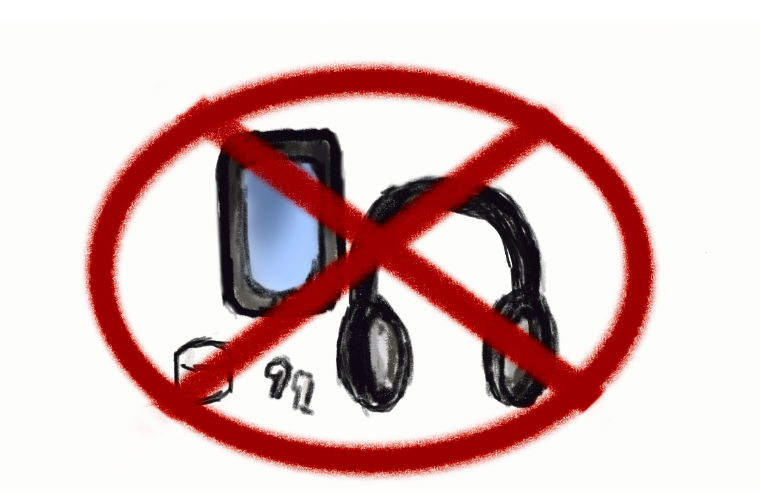
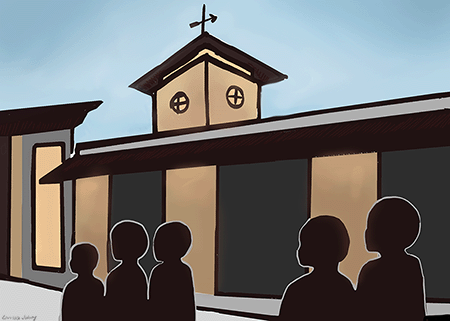


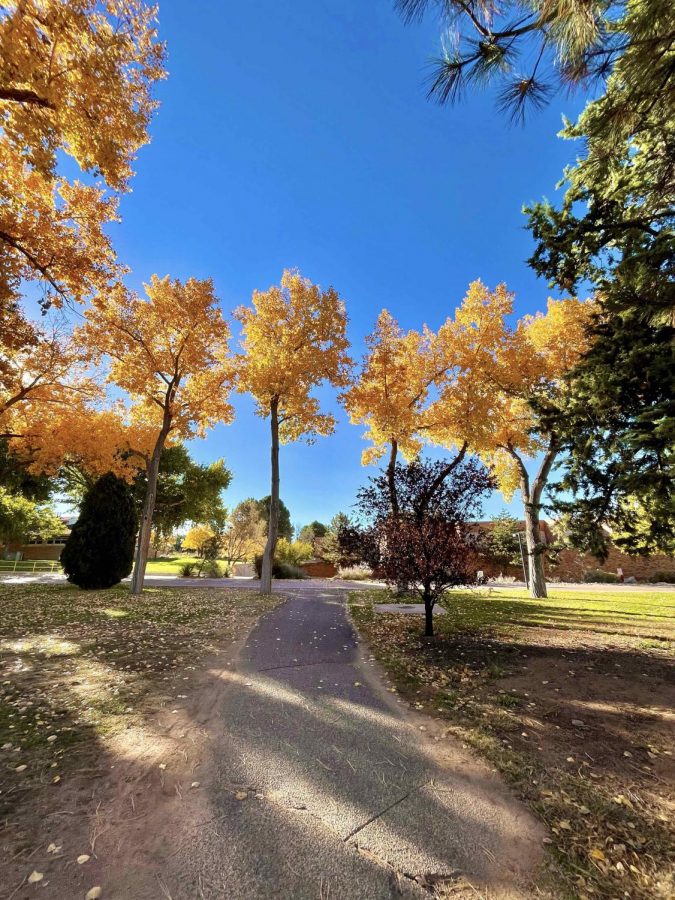
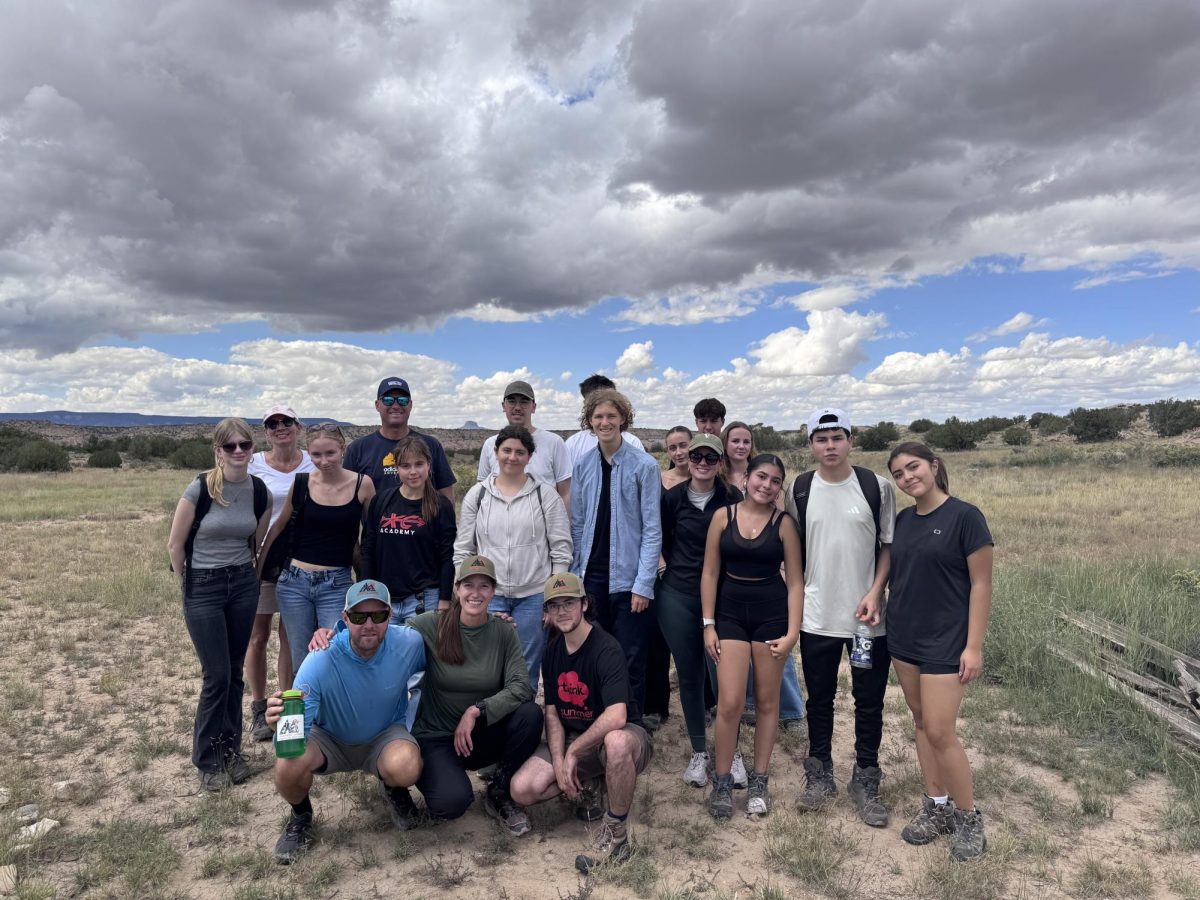

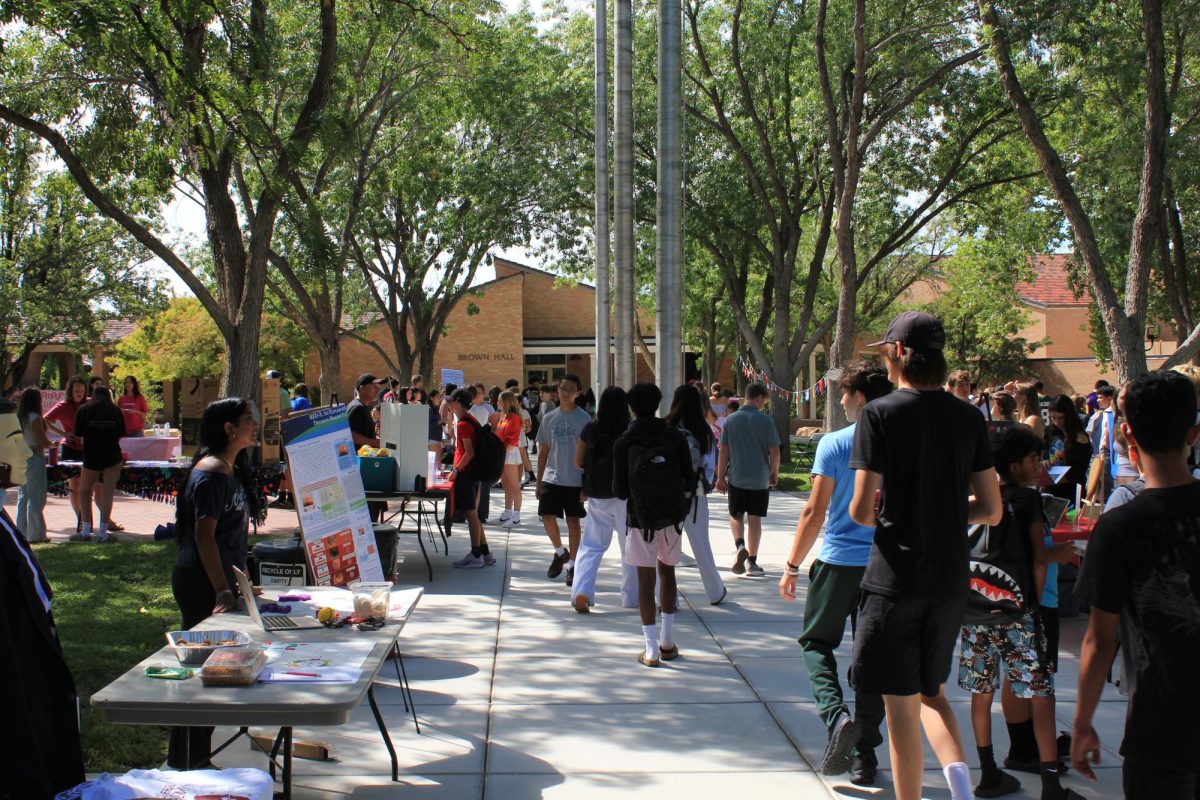


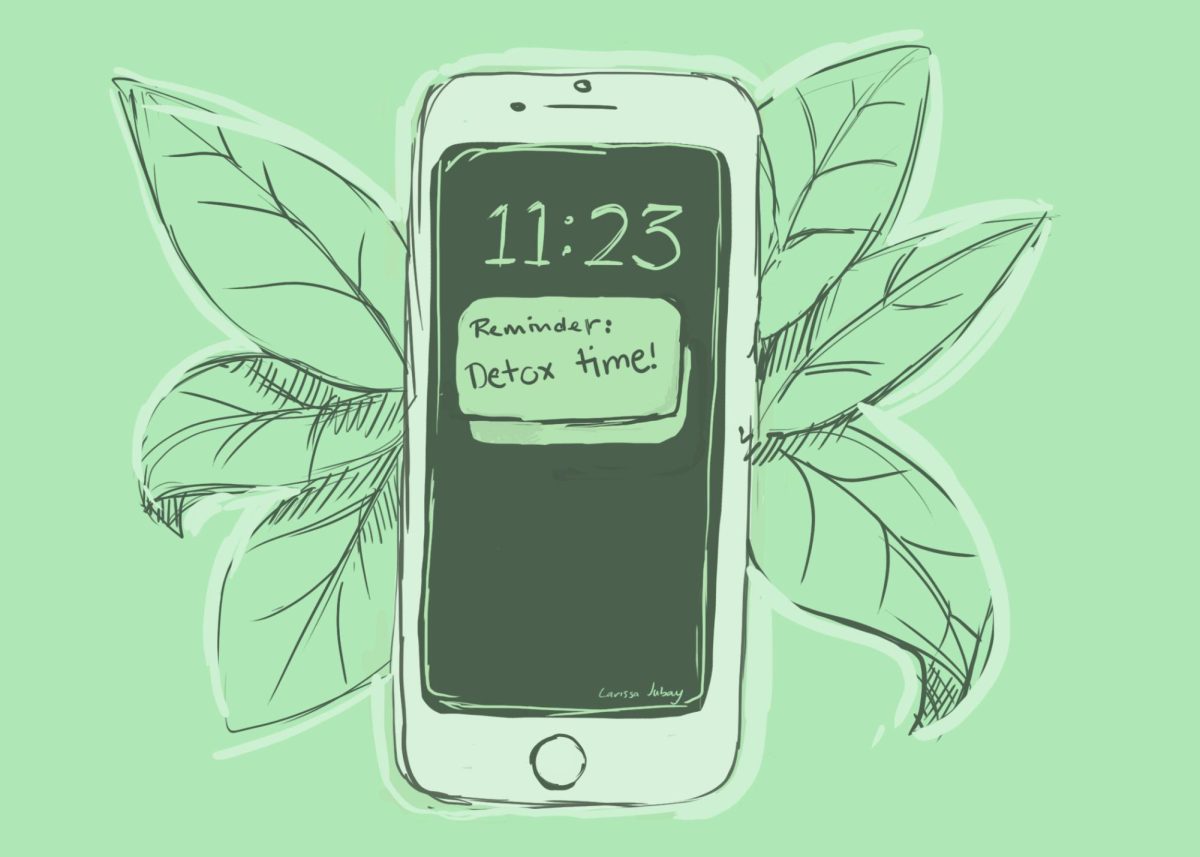



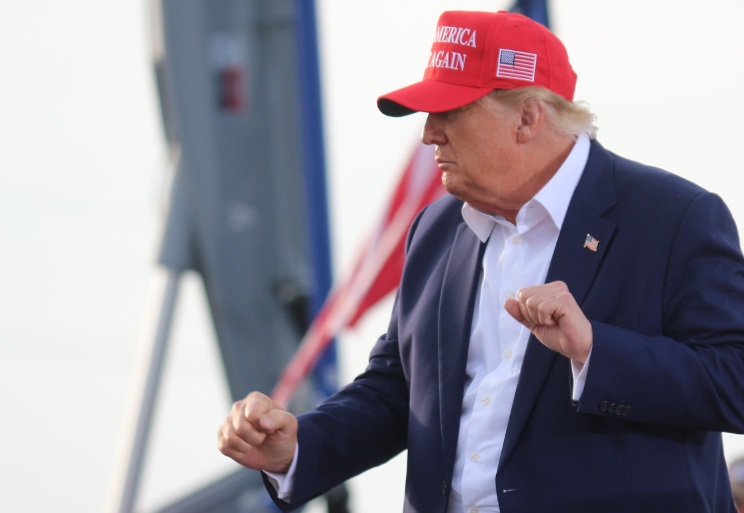

Kai Zukor • Feb 11, 2025 at 11:29 pm
May we ask why the students were not consulted about the matter. This extremist policy is unfair and unjust. What ever happened to consent of the governed?
“This new policy was instituted after a series of surveys taken by both parents and teachers, who gave feedback about students’ behavior and whether or not they thought such a ban would be beneficial.”
Loving the articles. We found you as the top search result on google for your article “WAP- Women Empowerment or Objectification?”. Great work!
Sally (21, Philadelphia, PA)
Kai (21,Philadelphia, PA)